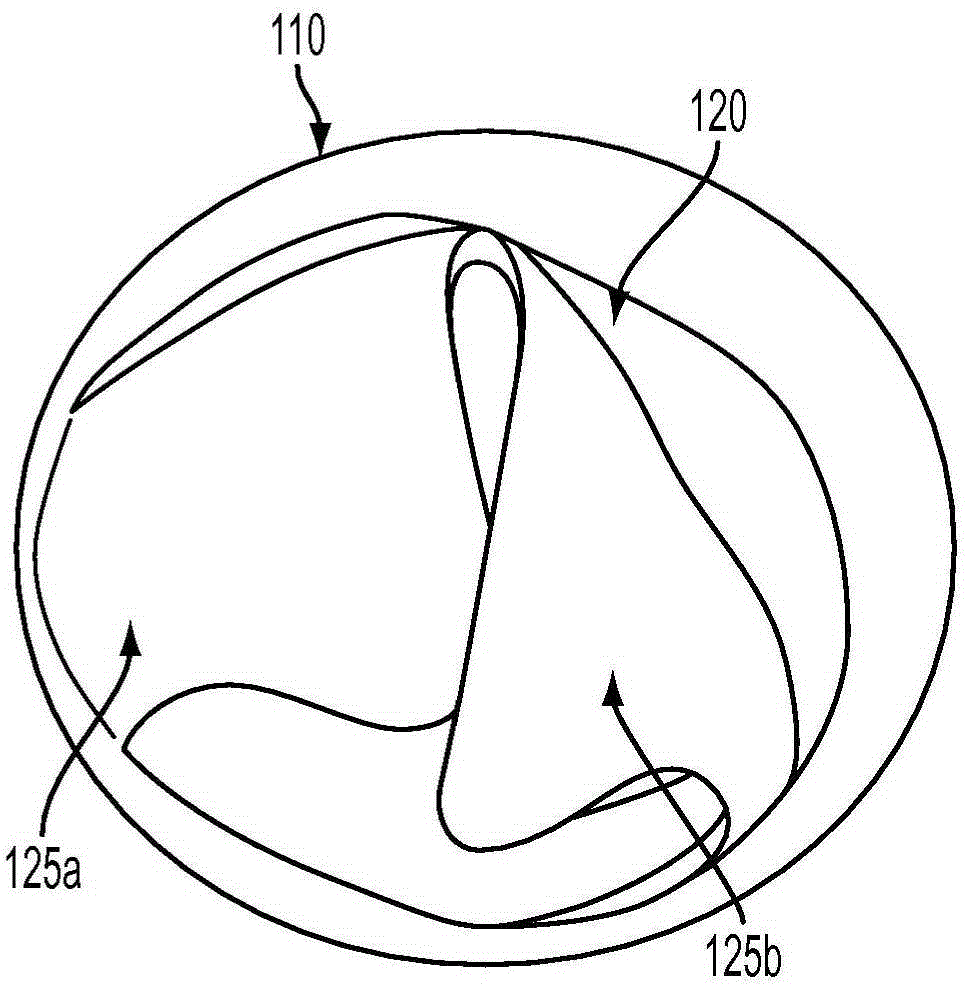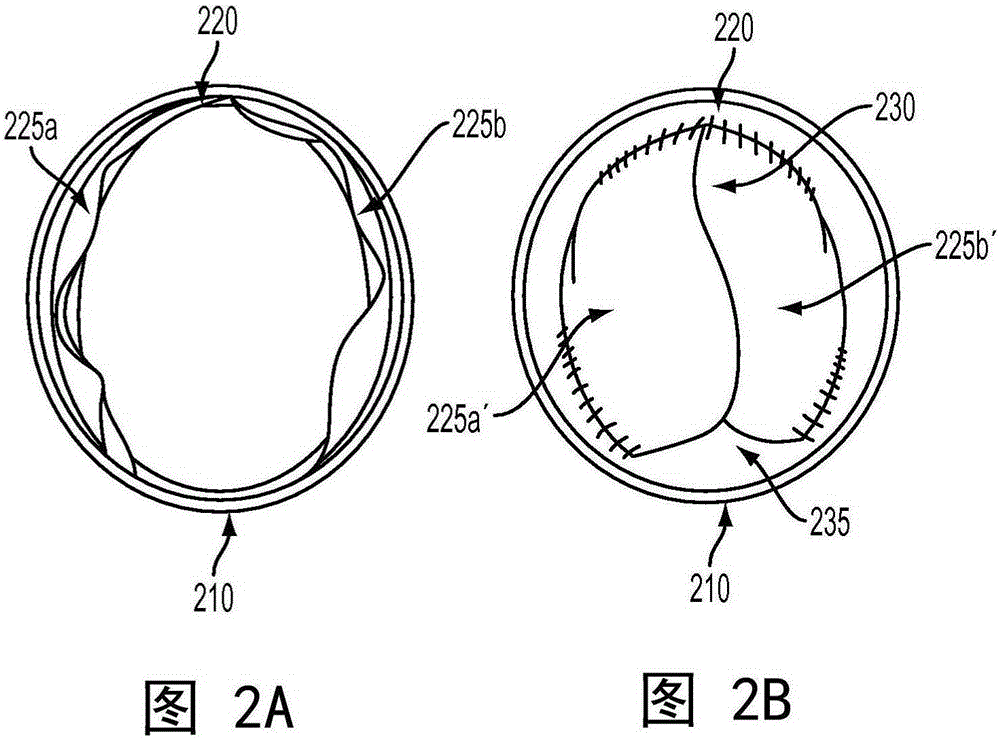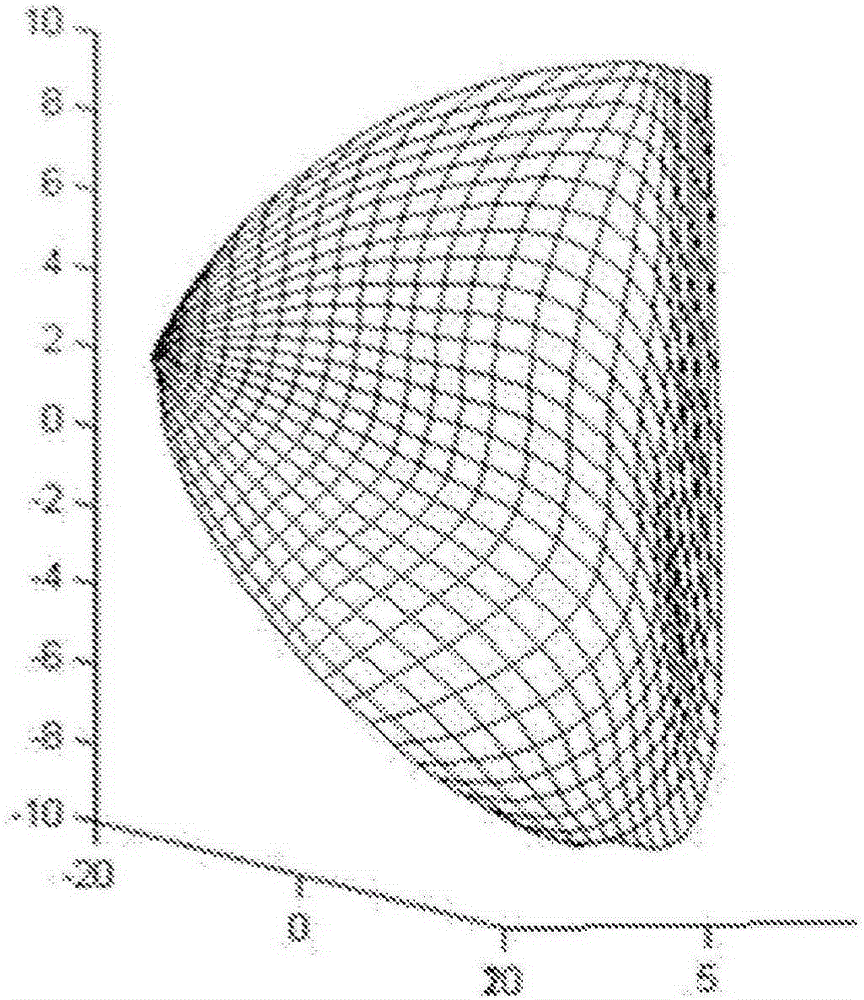Expandable implantable conduit
A catheter and expandable technology, applied in medical science, valves, instruments, etc., can solve problems such as uncomfortable catheters and long-term functionality that have not been proven
- Summary
- Abstract
- Description
- Claims
- Application Information
AI Technical Summary
Problems solved by technology
Method used
Image
Examples
Embodiment 1
[0075] Example 1: A first plastically deformable material that can be used in an implantable catheter
[0076] Figure 7A A stress / strain curve is depicted for a first plastically deformable material that can be used to fabricate a plastically deformable and implantable catheter. The material has an average yield strength of about 2.1 MPa and an ultimate tensile strength of about 5 MPa. The material also exhibited elastic deformation at yield strength, characterized by an average elastic modulus of about 5.9 MPa. In the portion of the stress / strain curve where the material transitions from the elastically deformable mode to the plastically deformable mode, the material exhibits an average 36% elongation over the original length at the point of yield stress. Since the extended region of the stress / strain curve exhibits plastic deformability as opposed to elastic deformability, such materials can be advantageously used for plastically deformable catheters that can expand to ...
Embodiment 2
[0077] Example 2: A second plastically deformable material that can be used in an implantable catheter
[0078] Figure 7B A stress / strain curve is depicted for a second plastically deformable material that can be used to fabricate a plastically deformable and implantable catheter. The material exhibited an average yield strength of about 1.7 MPa and an ultimate tensile strength of about 5.5 MPa. The material also exhibits elastic deformation at yield strength, characterized by an average elastic modulus of about 7.4 MPa. In the portion of the stress / strain curve where the material transitions from the elastically deformable mode to the plastically deformable mode, the material exhibits an average 24% elongation over the original length at the point of yield stress. Since the extended region of the stress / strain curve exhibits plastic deformability as opposed to elastic deformability, such materials can be advantageously used for plastically deformable catheters that can e...
PUM
| Property | Measurement | Unit |
|---|---|---|
| Yield strength | aaaaa | aaaaa |
| Thickness | aaaaa | aaaaa |
| Yield strength | aaaaa | aaaaa |
Abstract
Description
Claims
Application Information
 Login to View More
Login to View More - R&D
- Intellectual Property
- Life Sciences
- Materials
- Tech Scout
- Unparalleled Data Quality
- Higher Quality Content
- 60% Fewer Hallucinations
Browse by: Latest US Patents, China's latest patents, Technical Efficacy Thesaurus, Application Domain, Technology Topic, Popular Technical Reports.
© 2025 PatSnap. All rights reserved.Legal|Privacy policy|Modern Slavery Act Transparency Statement|Sitemap|About US| Contact US: help@patsnap.com



